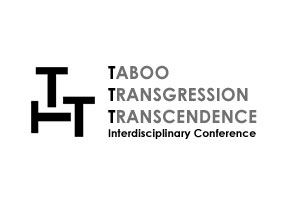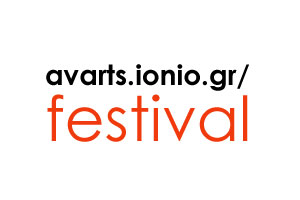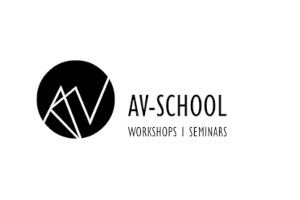The Impact of Animation on Greek Cinema
Summary
This study forms a small part of a broader master’s research program exploring the incorporation of animation into the titles of films from the Golden Age of Greek cinema.
The research begins with a bibliographic study on animation techniques, followed by an analysis of their application in film titles, focusing particularly on stop-motion animation. For this study, a catalog of films that integrated animation in their opening, closing, and intertitle sequences was compiled, and 44 of these films are examined in this study. The aim of this study is to explore both the techniques used and the role of animation in shaping film titles during this era.
Keywords: Golden Age of Greek cinema, animation, stop-motion
Objective
This study seeks to analyze how Greek filmmakers incorporated animation into the opening, closing, and intertitle sequences of their films.
Method
The research consists of two main components. The first involves an extensive bibliography study of the Golden Age of Greek cinema, spanning from the mid-1950s to the early 1970s. This period represents the peak of Greek film production, during which cinema significantly established a strong star system (Chatzianandreou, 2001; Sotiriou, 2006). Within this context, early experimental animation, particularly stop-motion, began to emerge.
Despite the artistic and technical significance of these animation techniques, critical discourse has largely overlooked their contribution to Greek cinema (Karadimas, 2017). Their integration introduced a new dimension to film production and post-production, especially in title sequences (Kechagioglou, 2010).
The second component of the study examines 44 films from this era, analyzing the animation techniques used in title sequences. The selection of the 44 films was based on the meaningful incorporation of animation into their title sequences. From this group, the paper focuses on two representative examples, which stand out for their cohesive and conceptually integrated use of animation as part of the narrative structure. Notable examples include Gamos ala Ellinika (1964), directed by Vasilis Georgiadis, which features a six-minute animated sequence by Georgiou Dizikiriki, and Kallio Pente kai sto Heri (1965), directed by Panos Glykofrydis, where stop-motion techniques and actor photographs introduce the characters and storyline.
Conclusion
Animation today holds a very important place in the film industry. It has evolved into an autonomous cinematic genre, incorporating advanced technologies such as digital animation and artificial intelligence (AI), especially through the work of major production studios. This modern approach stands in stark contrast to the period under study, when animation was created by hand and involved minimal digital processing.
A key finding of this study is that in current digitized versions of these films for television, many of these animated title sequences—despite their aesthetic and historical significance—have been removed. As a result, contemporary audiences lose a fundamental aspect of both the visual storytelling and cinematic history of the period.
This study could serve as a starting point for a more targeted approach to digital restoration and archival revision, with respect to both the aesthetic and historical value of the material. In this context, the use of modern colour correction could be combined with the preservation of original title sequences, which constitute valuable archival material.
Bibliography
(n.d.).
Chatziandreou, G. (2001). Greek Cinema 1950-1970: From the Golden Age to International Recognition . Athens: Kastaniotis.
Karadimas, V. (2017, August 14). https://www.schooltime.gr. Retrieved from https://www.schooltime.gr/2017/08/14/i-istoria-tou-animation-se-sintomia-19os
Kechagioglou, P. (2010). The History of Animation in Greek Cinema: Pioneers and Techniques. Athens: Orfeas.
Sotirou, I. (2006). The Greek Cinema and the Star System:The Great Figures of the Screen and Their Social Influence. Athens: Patakis.
Filmography
- Gamos ala Ellinika (1964), directed by Vasili Georgiadis
- Kallio Pente kai sto Heri (1965), directed by Panos Glykofrydis
______
Maria Papadopoulou is a multifaceted visual artist whose creative pursuits span painting, printmaking, sculpture, installations, and video art. She graduated from the School of Fine Arts at Aristotle University of Thessaloniki (AUTh), specializing in painting, and continued her studies in Art and New Technologies at the Ionian University. Her academic journey culminated with a PhD from the Film Department of AUTh. Her diverse body of work has been recognized with awards in various fields, including her contributions to cinema, painting, and writing. Maria has showcased her art in over 140 group exhibitions in Greece and abroad, while also holding six solo exhibitions and participating in prominent international film festivals. In addition to her artistic endeavors, she works as a collaborate staff in the Hellenic Open University (Ε.Α.P.). Also she works in Private institution E.S.P. and in secondary education, blending teaching with art and research.
Back





